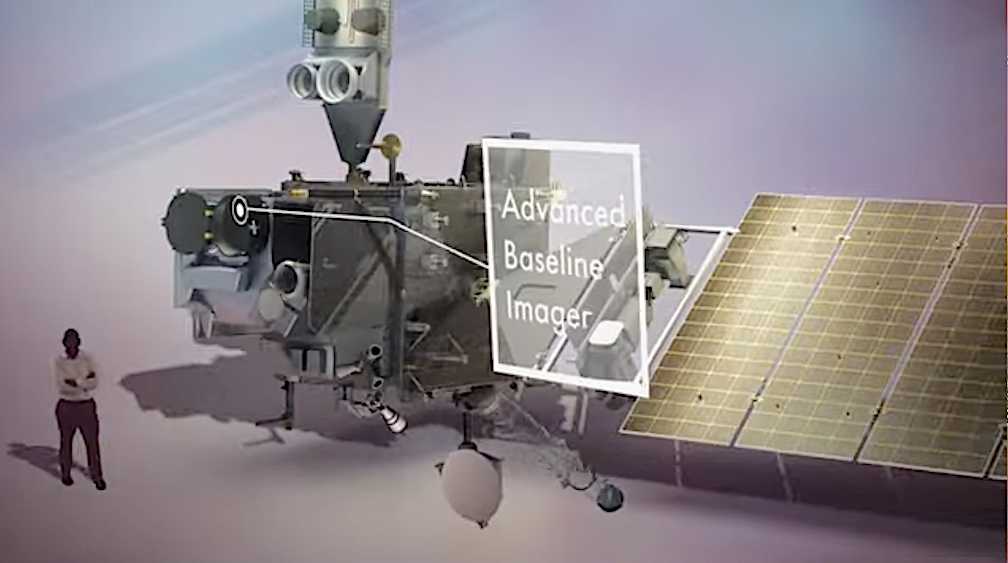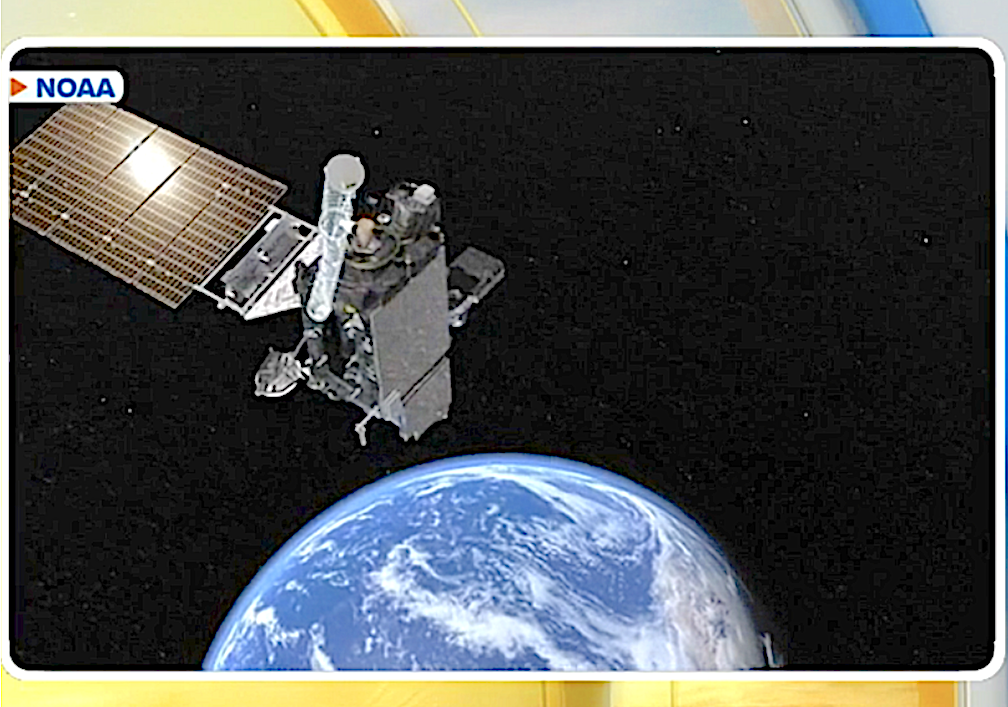
NOAA and SpaceX have finally set a date to launch the last satellite of the GOES-R Series into geostationary orbit on June 25 after a lengthy delay due to a rocket booster leak. The launch is to take place at Kennedy Space Center, Florida, 2:16 – 4:16 PM PSDT.
The Geostationary Operational Environmental Satellite-S Series (GOES-S) is the second of the next generation of geostationary weather satellites. The four satellites of the series will provide advanced imaging with increased spatial resolution and faster coverage for more accurate forecasts, real-time mapping of lightning activity, and improved monitoring of solar activity. The cost is $90Million.


NOAA called this launch “monumental” and claimed its network of Geostationary Operational Environmental Satellites is “the nation’s most advanced weather observing and environmental monitoring satellite system.”
GOES-U is the fourth and last satellite to join the series. Once in orbit, it will be renamed GOES-19. From 22,236 miles above the equator, GOES-19 will continuously observe weather systems across the Western Hemisphere. It will replace GOES-16 in the GOES-East orbit.
The view from GOES-East and West stretches from the west coast of Africa to New Zealand and from near the Arctic Circle to the Antarctic Circle, according to NOAA.
According to weather officials, there’s a 30% chance of favorable weather conditions at the time of the launch. The forecast calls for a temperature of 86°F, few clouds, 24% cloud cover and a wind speed of 17mph.
The Launch Complex 39A has witnessed the launch of 180 rockets, including 179 orbital launch attempts, while Kennedy Space Center, Florida, has been the site for 238 rocket launches.
